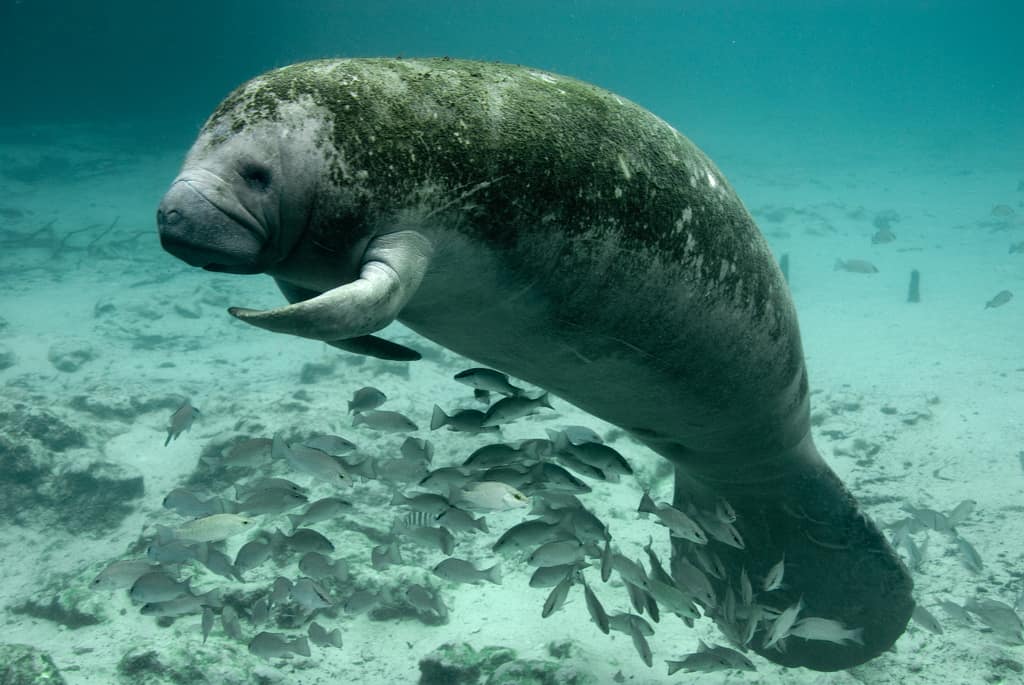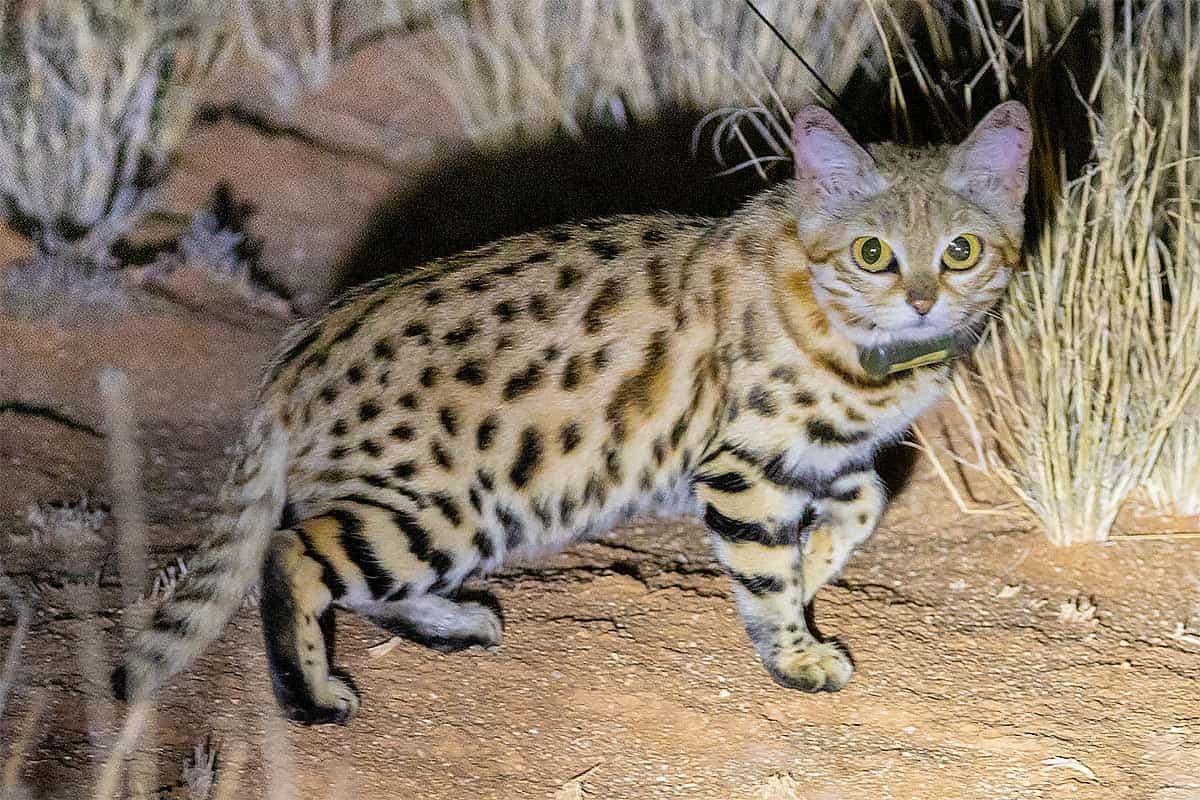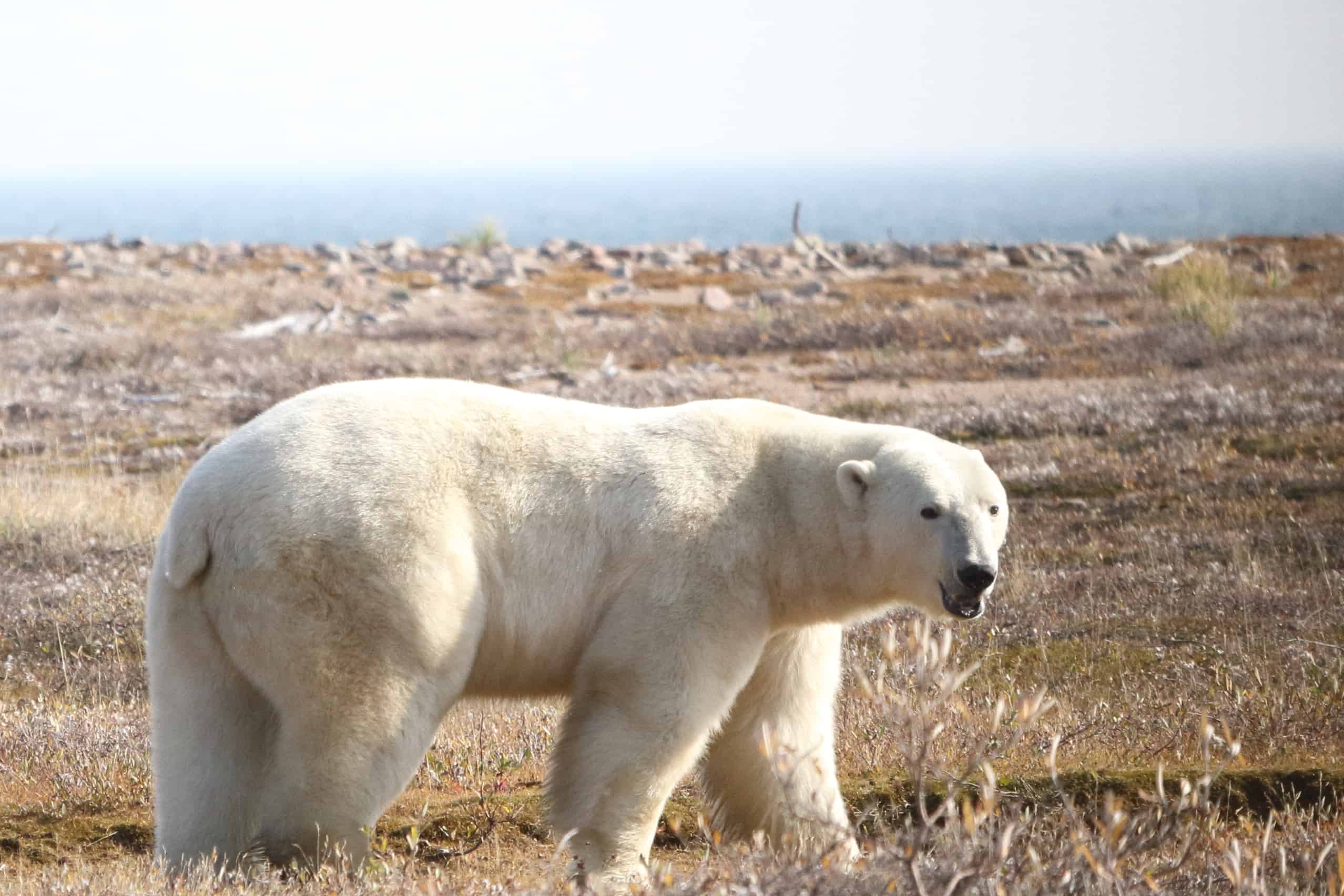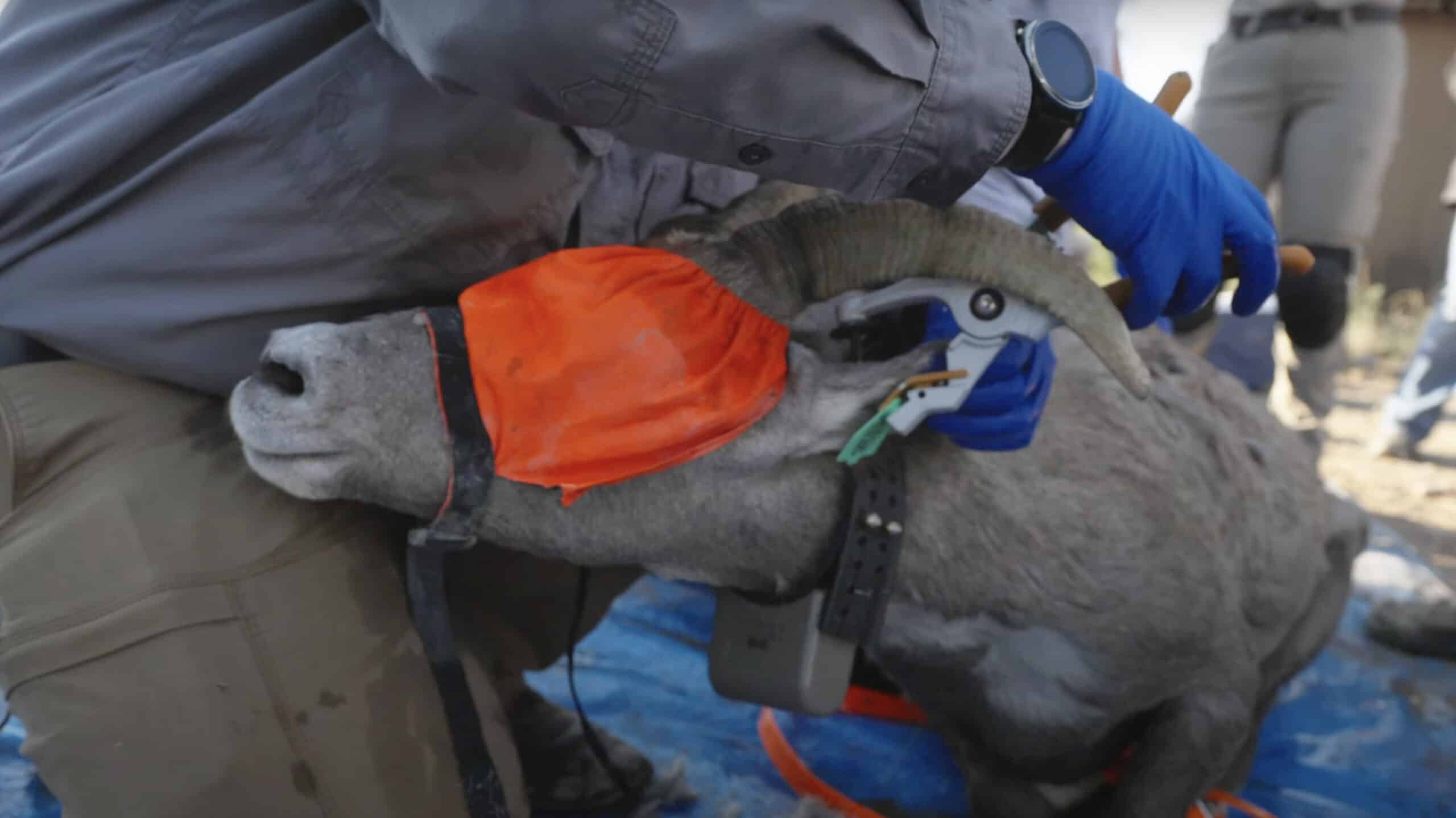Share this article
Wildlife Featured in this article
- Florida manatee
AI can help track manatees
Manatee counts can provide a proactive way to help struggling manatee populations
Researchers have trained computer programs to help them count manatees and improve conservation efforts.
In the winter, the Indian River Lagoon is an important area for Florida manatees (Trichechus manatus latirostris), which seek out its warmer waters, created by power plant outflows. But in recent years, the marine mammals began dying off when algae choked off the sea grasses they rely on, causing some to starve.
State and federal wildlife managers responded to monitor the manatees and provided supplemental feeding, but Xingquan Zhu, a professor at Florida Atlantic University, and his colleagues wondered if there was a better way to keep track of them. Since they typically gather in clusters, it can be hard to distinguish individuals and count them.
“This motivated us to provide a better way to track them, because our current approaches rely on manual counting or using drones, which are not only costly but also heavily depend on weather and cannot deliver real time results,” said Zhu, senior author of a study published in Scientific Reports that used artificial intelligence to help count manatees.
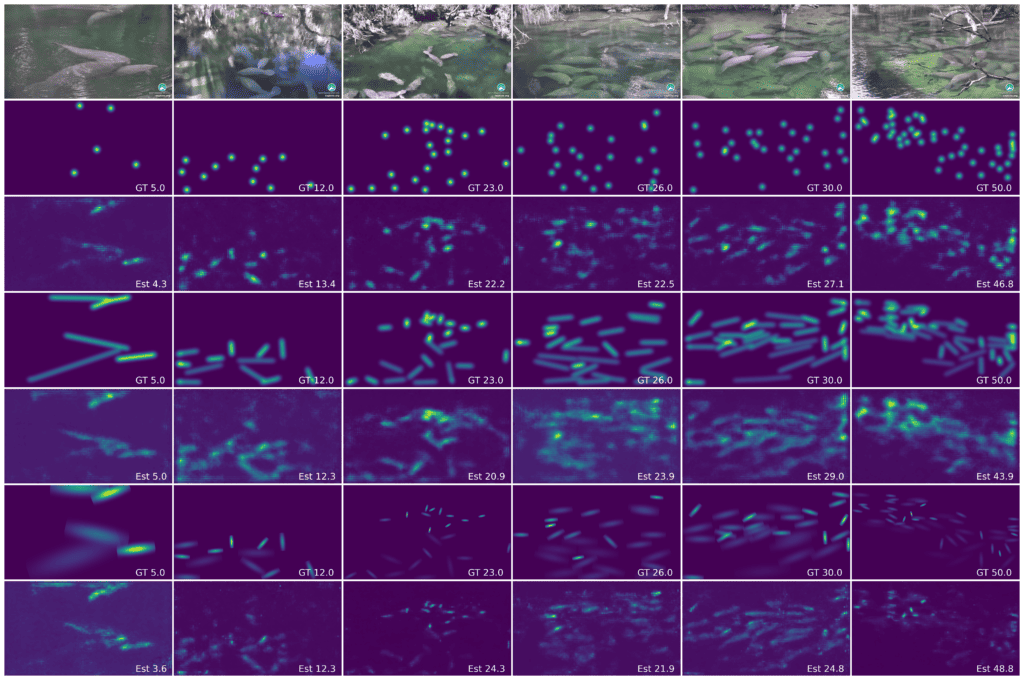
Using camera images from the nonprofit organization Save the Manatee, which collects surveillance videos from Blue Spring State Park and Ellie Schiller Homosassa Springs Wildlife State Park, Zhu’s team trained computer programs to recognize manatees.
Rather than using dots to label individuals, which many AI programmers use, they used line segments and special filters, which they found better captured manatees’ unique oval shapes. The result was a density map that researchers believe can offer a lower-cost solution to count manatees in real time.
That opens lots of research opportunities, Zhu said. For example, using real time, on-site surveillance cameras, biologists can get a better snapshot of how many manatees are present and if they need to take action, like providing supplemental food. Underwater cameras could provide even more information to advance the study.
Zhu and his colleagues made their methods—including source code and data—public to share with other researchers.
“We are publishing those materials online for public access and hope more researchers can jump in—not only for the manatee,” he said. “Together, we can make advancements to the science.”
Header Image: Researchers are using AI to help count endangered Florida manatees. Credit: Keith Ramos



